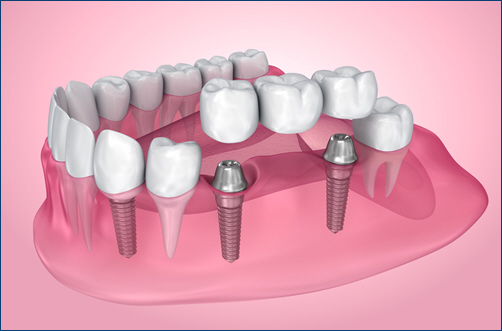
You want a strong, healthy smile. Dental crowns, bridges, and implants are restorative tools. Each option can restore your teeth and boost confidence. Crowns cover damaged teeth, bridges fill gaps, and implants anchor artificial teeth to your jaw. These solutions are reliable. You can chew, speak, and smile without worry. If you need immediate care, an emergency dentist in Brookline can help. You shouldn’t delay fixing dental issues. Acting quickly protects your oral health and prevents future problems. Choosing the right dental solution depends on your specific needs. We will guide you through understanding how each option works. You’ll learn how they differ and what benefits they bring. With a clear grasp of these choices, you can make informed decisions. Your smile deserves the best care possible. Take control of your oral health today. Find out how crowns, bridges, and implants can transform your dental experience with ease.
Understanding Dental Crowns
Dental crowns cap or cover your damaged or decayed tooth. They restore both function and appearance. Made from materials like porcelain or metal, they match your natural teeth. Crowns provide a durable barrier, protecting your teeth. They are ideal for those with large cavities, cracked teeth, or after a root canal. The treatment usually requires two visits. First, your dentist prepares the tooth. Then, they place the custom crown during the second visit.
Exploring Dental Bridges
Bridges replace one or more missing teeth. They literally bridge the gap. Anchored by crowns on adjacent teeth, a bridge holds one or more artificial teeth in place. Bridges help maintain face shape and balance bite pressure. They prevent remaining teeth from moving out of position. The process involves preparing the anchoring teeth, then placing the bridge. This option is best for those with missing teeth but healthy adjacent teeth. The National Institute of Dental and Craniofacial Research provides more on bridges.
Discovering Dental Implants
Dental implants are titanium posts surgically placed into the jawbone. They serve as a foundation for replacement teeth. Implants are strong and stable, mimicking natural teeth. They allow you to eat and speak comfortably. Implants are best for those with adequate bone structure and healthy gums. The process involves several steps and can take months. However, the result is a long-lasting solution. Implants require regular care, just like natural teeth. Clean them regularly to prevent gum disease and ensure their longevity.
Comparison Table
| Feature | Crowns | Bridges | Implants |
| Purpose | Cover Damaged Teeth | Replace Missing Teeth | Replace Missing Teeth |
| Durability | 10-15 Years | 5-15 Years | 20+ Years |
| Procedure | 2 Visits | 2-3 Visits | Multiple Steps |
| Cost | Moderate | Moderate | High |
Making the Right Choice
Your choice depends on your dental condition, budget, and comfort. Crowns are excellent for preserving natural teeth. Bridges are suitable for filling gaps with support from adjacent teeth. Implants are a more permanent solution for missing teeth. Consult with your dentist to determine the best option. They will evaluate your oral health, discuss goals, and help you choose. Early intervention can save time and money in the long run. Proper care and maintenance are key for all solutions.
Conclusion
Dental crowns, bridges, and implants offer reliable solutions for dental restoration. Each has unique benefits. Understanding these options helps you take charge of your oral health. With the right treatment, you can restore function and confidence. An informed decision will lead to a healthy and bright smile. Remember, timely action is crucial. If you face any dental issues, seek expert help. Protect your smile and enjoy a lifetime of dental health. For more resources, visit the Centers for Disease Control and Prevention.
